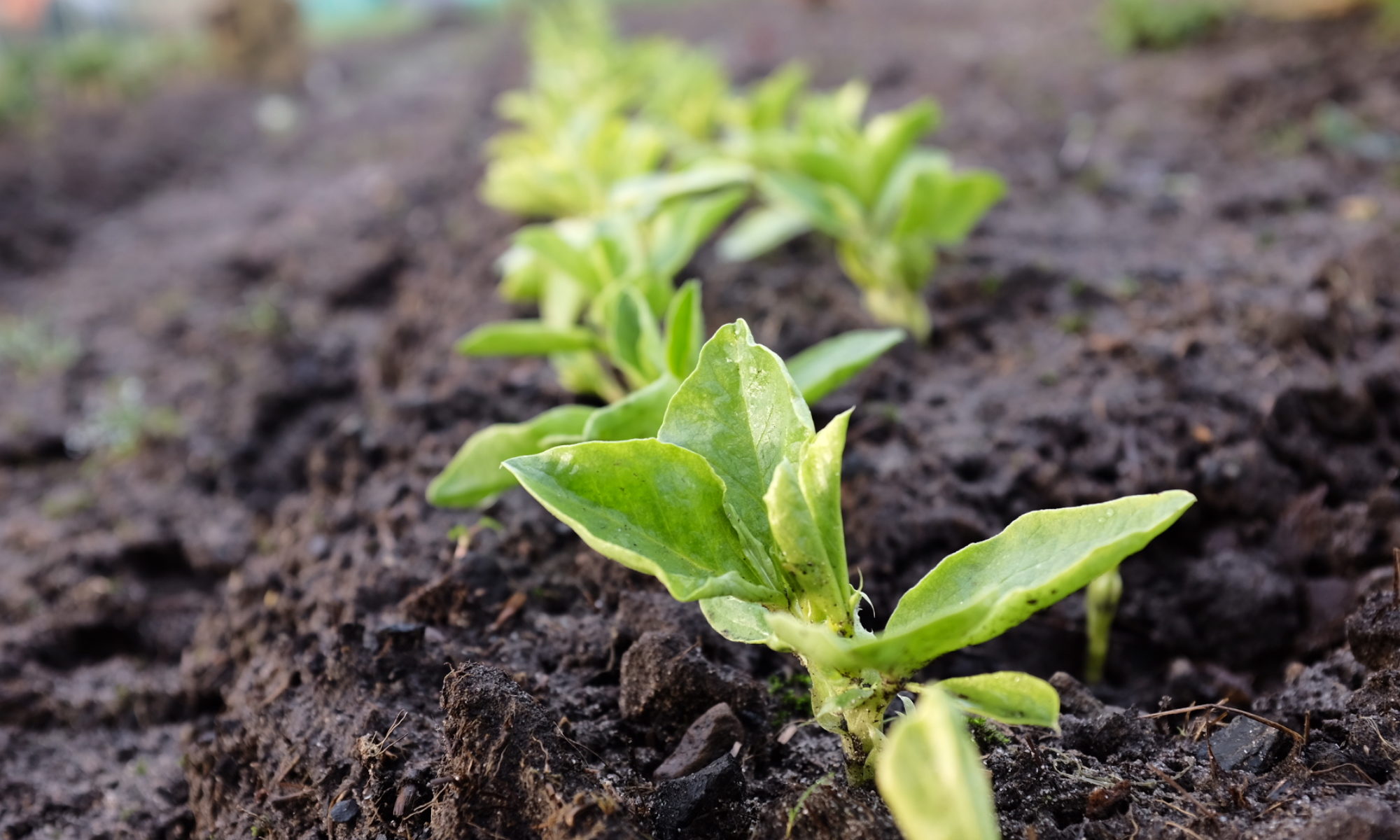What do you do with Chickens when they have outlived their usefulness as laying birds? I am sure you can guess what the commercial solution is; it doesn’t involve a retirement home and as much corn as you can eat.
The thing is, for us at Greenslate Farm our chickens are more than just egg layers. There’s more that comes out of the back end of a chicken than eggs. Chicken poo is excellent fertiliser; it is full of nitrogen, just what we need to give our crops a boost. Sometimes we even buy in pelletised chicken manure as a bagged fertiliser.
There is a problem though. We cannot let the chickens wander everywhere (although some of them seem to think this a good idea). Chickens love tiny seedlings and scratting around in soft, freshly tilled seedbeds; not helpful when you are trying to grow crops.
The solution is the Permaculture classic; the ‘chicken tractor.’ Why tractor? Chickens have a habit of scratching up soil which is something we can use to our advantage in the right circumstances.
The so-called chicken tractor involves penned chickens in controlled areas and letting them do their natural thing of scratching plants up, pooping and eating insects and weeds. The tractor part comes from the appearance of the ground when they have finished; bare ground devoid of weeds.
During any growing cycle, there are times when the ground is free of crops but not ready for the next crop to go in. We now deploy our chicken tractor. One or more beds are fenced off with moveable fencing, and we move in a small easily transportable chicken coupe.
Another great benefit that the chickens bring is that they can do some pest control for us. They get to scratch around finding all manner of bugs which helps to keep pest numbers down.
So our Greenslate chickens get to live out a retirement where they don’t cost us a fortune in food because they are foraging for their own. They do get some supplemental feed to ensure they are getting enough to eat.
Like the best Permaculture solutions, we get to benefit from the natural world and the habits of our fellow creatures. If we can do this while keeping our exploitation of them to a minimum, that’s even better.
Neil Hickson
The Greenslate Grower
http://greenslategrower.uk










































